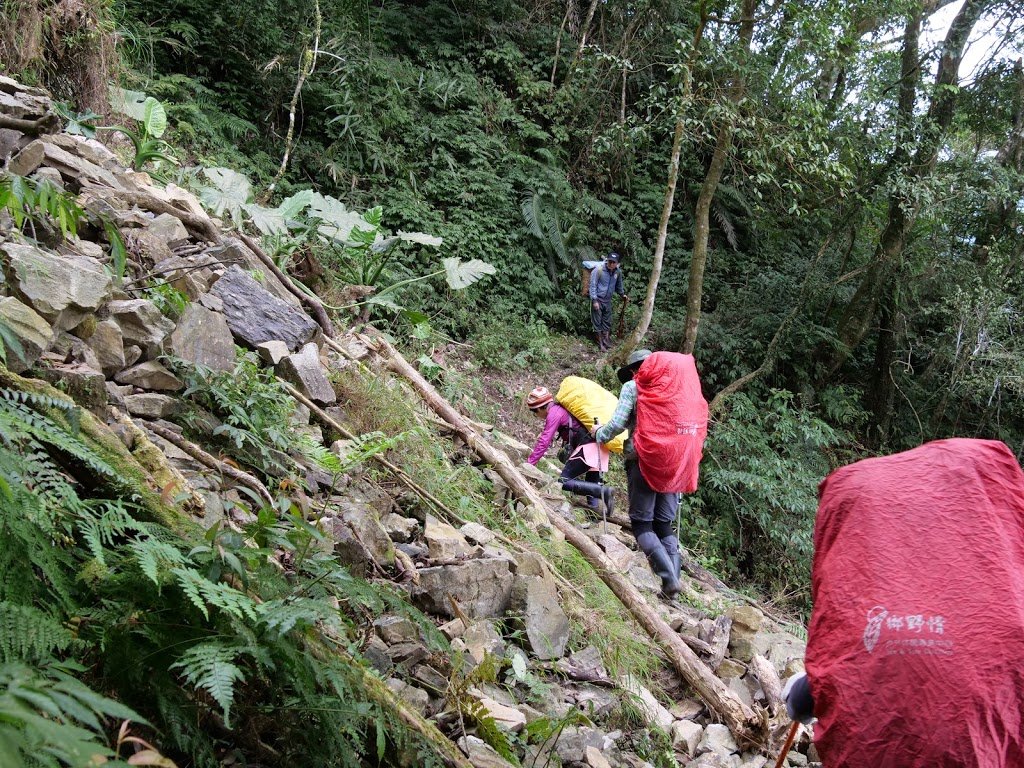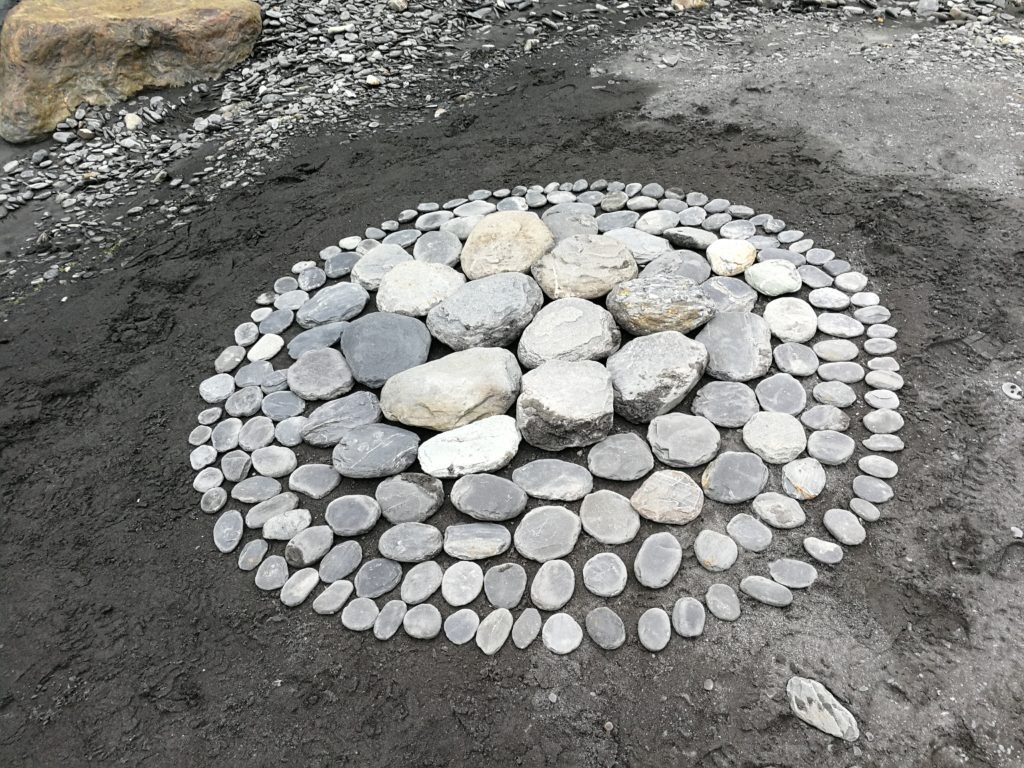Geology of Bitou, Lailai and Beiguan, Taiwan
Bitou – this small fishing village is about 70km north of Yilan City. Right next to it is the Bitou Geopark. Here you can take a clifftop walk above steep sandstone cliffs, or descend to the shore platform to see some strange mushroom like features at close quarters Here the shore platform is festooned with these strange mushroom shaped concretions. They really are unusual, and make this a famous geological location in Taiwan. As you can see it is also a popular spot for fishing. Due to storms and occasional freak waves there are many accidents all along this coast where people get swept into the sea. Our next stop was the well known shore platform at Lailai. Here the gently dipping sedimentary beds have been folded and faulted. with hard layers of sandstone being less easily eroded (and therefore sticking out more) than the more easily etched out softer mudstones. The shore platform is impressive, with the tilted sedimentary rocks folded into gentle curves, and a lot of faults cutting through the layers. It was a perfect area to use my drone to get these aerial images. A short distance away there is a dyke (an igneous intrusion that originally pushed into the sedimentary rocks as hot magma) that can be soon cutting through the sedimentary layers of the shore platform. It stands out because it is made of harder rock than the surrounding sediments, and is therefore more resistant to being eroded. Here you can see the dyke is offset – sometimes by faults but also simply by the magma pushing up through slightly different pathways in the original country rock. You can see here how the dyke has baked the adjacent mudstone – giving it a darker colour for about 40cm to either side of the once hot dyke. A closer view of the dyke standing up like a man-made wall on the shore platform. The baked sediments right next to it have also been hardened by the heating process, so they have also resisted erosion more than the softer surrounding rocks. This video shows a bit more detail of the rocks of Lailai ,which I think is an ideal place to run a geological field trip: Finally on our way back to Dongshan, we stopped in the small Beiguan Tidal Park where you can see these rocks with impressive joints forming a diamond checkerboard pattern. In the background is Turtle Island, another well known local feature.
Geology of Bitou, Lailai and Beiguan, Taiwan Read More »





